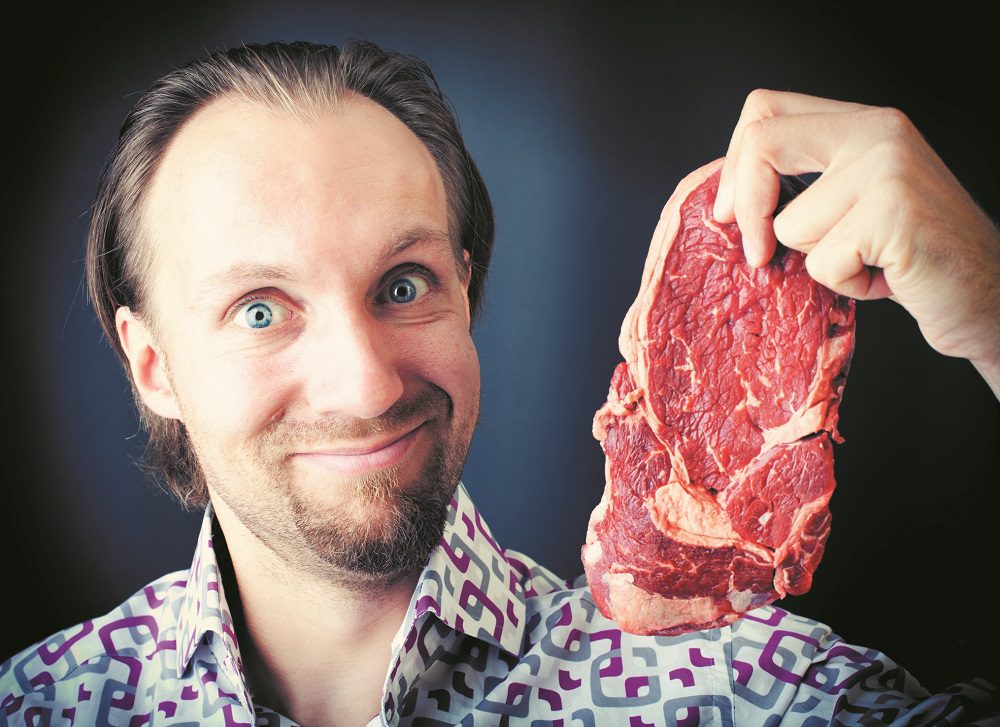It’s no secret that red meat, especially processed red meat, is not healthy when it makes up the lion’s share of your calories. What is only recently getting attention, however, is how bad red meat is for the planet. Global demand for beef is a leading driver of the loss of the Amazon rainforest. The rainforest is being eliminated through burning, clear-cutting and other methods to create more grazing land for cattle. And the methane gas produced by cattle and the fossil fuels used in gas-guzzling farm machinery contribute to climate change.
Bottom Line Personal spoke with preventive medicine and public health specialist David L. Katz, MD, who started the nonprofit TrueHealthInitiative.org, which is running the #NoBeefWeek campaign to encourage people to give up beef for one week and get motivated to reduce meat consumption over time.
No matter how much red meat you currently eat, doing it “responsibly” means eating it less frequently and making important choices when you do…
Where the meat comes from: Meat tends to be healthier for you when it comes from well-fed, active animals—grass-fed, pasture-raised beef and lamb, and pastured pigs (pigs can’t feed only on grass). A Google search will turn up many farms offering humanely raised meat that can be shipped right to your door.
Type of meat: It’s difficult to tell if one type of red meat is better for you than another—most nutrition studies aren’t specific enough to draw firm conclusions. But it’s always smart to look for cuts that are lean, with minimal or no marbling, to limit your consumption of saturated fat. While saturated fat is not “bad” per se, problems start when there’s an imbalance between the amount of saturated fat you consume and other foods, such as vegetables, fruits and whole grains, which help counter the inflammation linked to red meat.
Portion size: Four to six ounces is reasonable for most of us (a tall, muscular, physically active man may want more). Think of meat as the garnish rather than the main attraction on your plate…make better use of inexpensive legumes…and experiment with ethnic cuisines that place little emphasis on meat.
Frequency: To empower you to eat less meat, consider Suzy Amis Cameron’s The OMD Plan, which encourages at least one plant-based meal a day (OMDFor ThePlanet.com)…and Mark Bittman’s VB6 (MarkBittman.com), which stands for eating only vegan before 6 pm each day.
What about fake meat? We don’t yet know whether plant-based meat alternatives are healthier for you, but I recommend it for people who would be eating meat otherwise. We do know that they’re healthier for the planet. Yes, they’re processed, but so is the meat used to make burgers at fast-food chains and even the ground beef sold at supermarkets.


